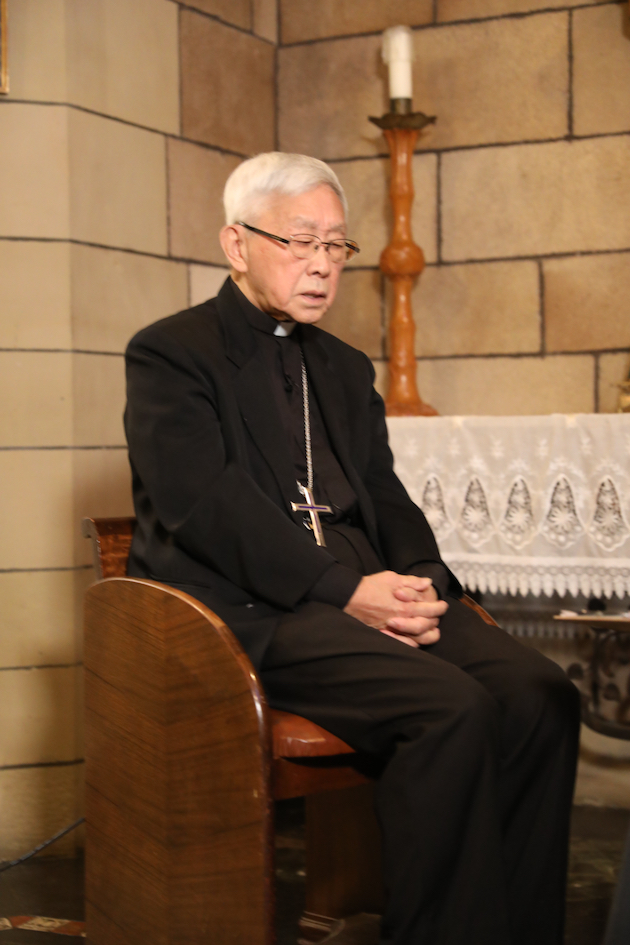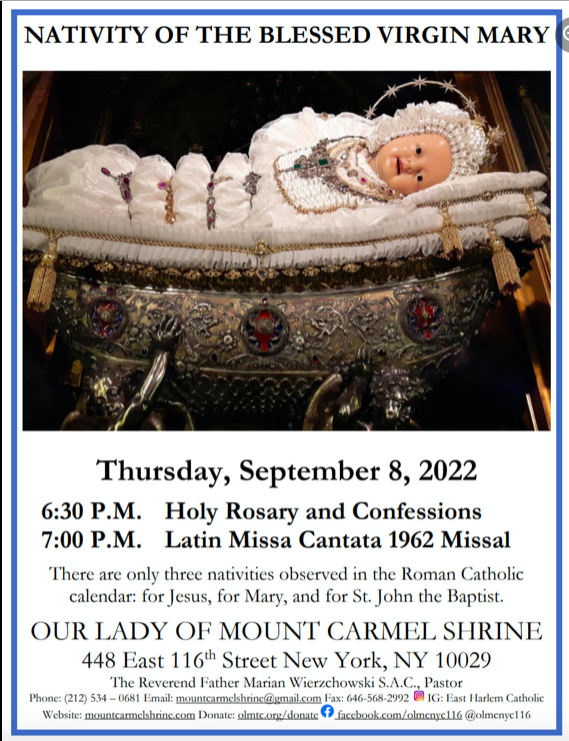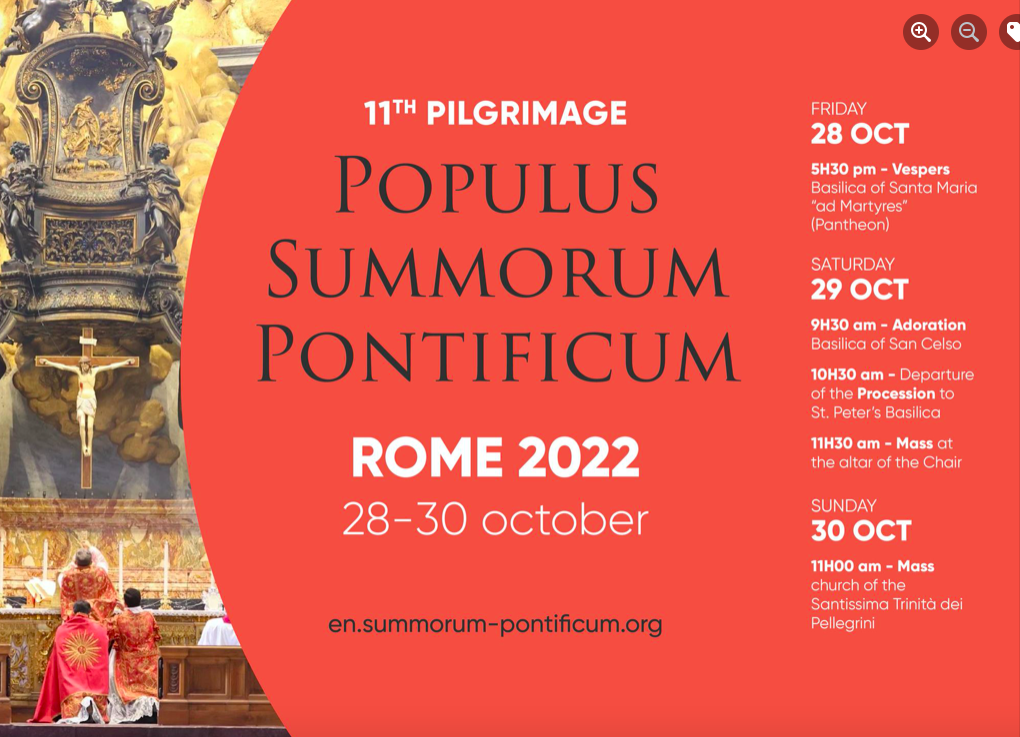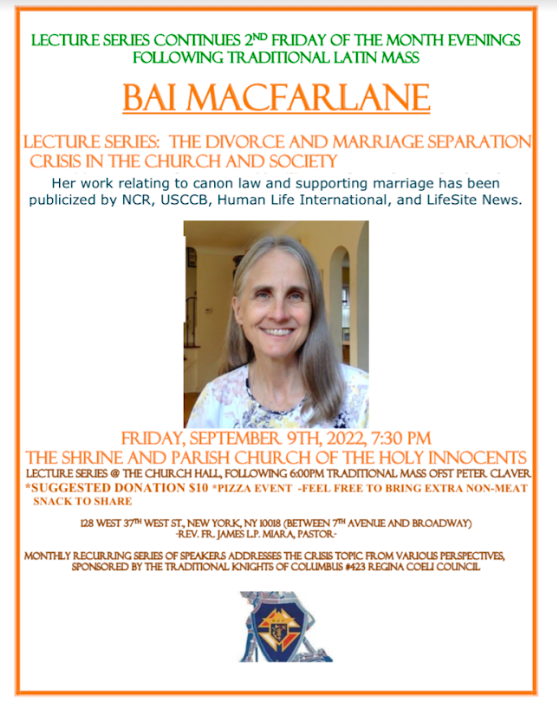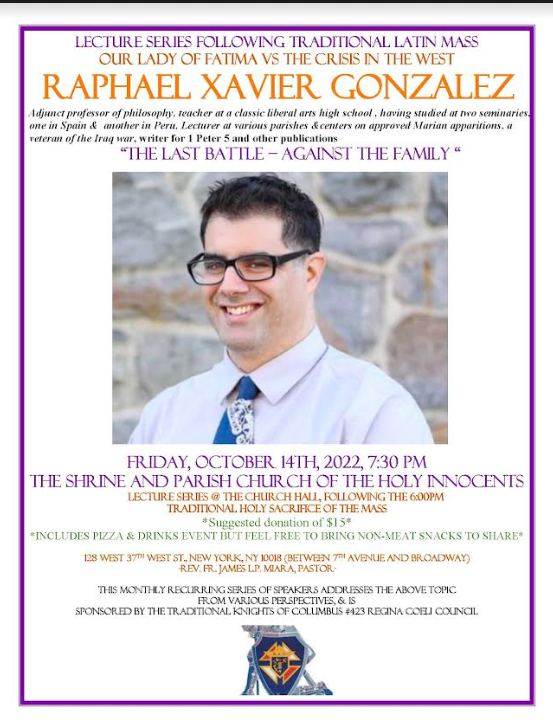
6 Oct
2022
4 Oct
2022
Upcoming Masses at St. Marguerite Bougeoys, Brookfield, CT
Posted by Stuart Chessman Published in UncategorizedFather Donald Kloster will be celebrating the Traditional Mass on the following days at St. Marguerite Bourgeoys, 138 Candlewood Lake Road, Brookfield, CT
Friday October 7th, 7:00 am Low Mass, Feast of Our Lady of the Rosary
Monday October 10th, 7:00 am Low Mass
Tuesday October 11th, 7:00 am Low Mass
Wednesday October 12th, 7:00 am Low Mass
28 Sep
2022
Pope Benedict’s enemies have never relented. He remains for them the mortal enemy – in the past but also now. Does not his continued presence act in some way as a restraint – if not a very effective one – on Bergoglio? One apparent response of the clerical establishment was Frederic Martel’s In the Closet of the Vatican (2019), which features defamatory insinuations regarding Pope Benedict, Gänswein, Cardinal Burke and Cardinal Muller. The author seems to have enjoyed discrete Vatican cooperation in his “research” – up to a point.
In Benedict’s homeland of Germany, the situation is far worse. Earlier this year a massive study was released on clerical sexual abuse in the Archdiocese of Munich. Of course, the main focus and purpose of the study was Ratzinger’s tenure as Archbishop, and even his handling of one specific case, Fr. “H” (his real name can be found by searching English language media). Of course, Pope Benedict did himself no favors with his implausible responses, fashioned by his incompetent legal and public relations team. Probably the truth of the matter is that Ratzinger was doing the same as all his colleagues in the episcopacy. The reactions of the German media, both secular and Catholic, were hysterical, and it was even suggested that Pope Benedict might be sentenced to a life of “prayer and penitence.”
Now, a German court has initiated a procedure directing Pope Benedict, the Vatican, the Archdiocese of Munich and some others to submit written responses regarding a claim of one of the victims of Fr H. This abuse happened in the 1990’s but the victim alleges Ratzinger shares responsibility by introducing this priest into the Munich archdiocese in 1980. I do not hold myself out as an expert in German civil procedure, but several things must be emphasized immediately. First of all, this is a civil, not a criminal case. Second, the action taken was not at the initiative of the court but was a consequence of the filing by the civil claim by the alleged victim. Third, the court’s action seems to be like our practice of discovery. It is intended to ascertain if facts exist that would support the claim of the plaintiff and permit his case to go forward. Now what is interesting is that, under German law, the plaintiff apparently can pursue his case even if his substantive claim has been barred by the statute of limitations (by the passage of time). Under German law, a civil claim can be pursued simply to have a court reach a determination regarding the facts of a case even if no damages can be obtained.
The purpose of this claim is perhaps just to force the Catholic Church, and Pope Benedict himself, to respond “on the record” to the court’s inquiry. One response would be to assert the statute of limitations. But this might be embarrassing for Pope Benedict and the Catholic Church to do, because they might be seen as relying on a technicality of procedural law to avoid responsibility.
The court’s action, of course, once more aroused a storm of agitation against Pope Benedict in the German media – including those of the German Catholic Church. It is one thing for someone to bring a civil action against Pope Benedict; it is another to have the facts reviewed by a court pursuant to a kind of summons. Andrea Titz (sic!) is acting as the spokeswoman for the court having jurisdiction of this case. She is a judge and somewhat of a local celebrity in her own right, having been involved in a number of high-profile legal cases in the German state of Bavaria. These prominent forces in the media and the legal bureaucracy assure that this case will continue to generate adverse publicity and embarrassment for Pope Benedict.
Poor Pope Benedict! His enemies give him no respite. Like Cardinal Zen, he must experience even in his last years the truth that “the life of man upon earth is a warfare.” (Job 7:1)
On the entire legal situation, see this article (in German) in CORRECTIV.
On the nature of the court’s recent action (in the German Wikipedia): Feststellungsklage
On Andrea Titz: German Wikipedia
26 Sep
2022
A Visit To the Shrine of the North American Martyrs
Posted by Stuart Chessman Published in Uncategorized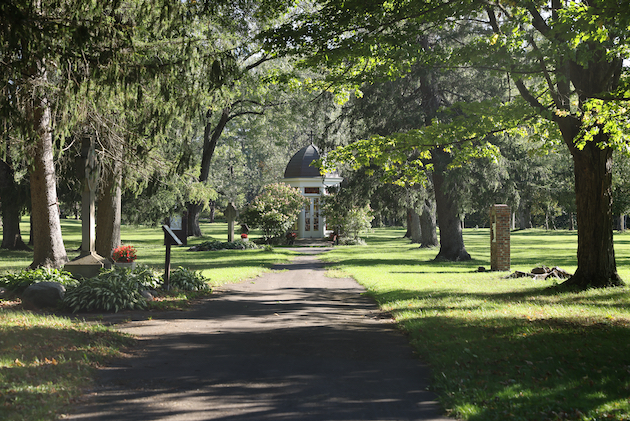
Our annual pilgrimage to Auriesville, New York – this year, unavoidably, in advance of the official “Pilgrimage for the Restoration.” The weather was glorious, but very few visitors or pilgrims were about. Often, however, the grounds of the shrine are most impressive, the experience most spritual, when visited in silence. The shrine in the best condition I have seen in years – the current management is a vast improvement over the Jesuits.
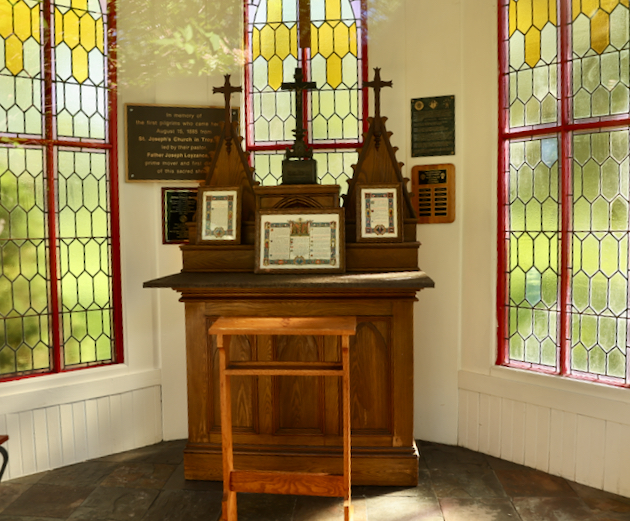
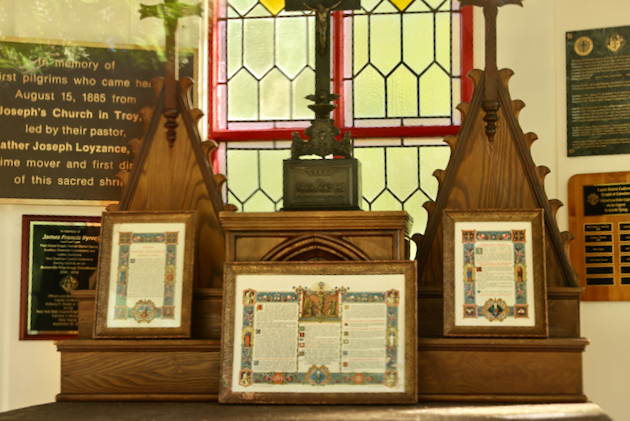
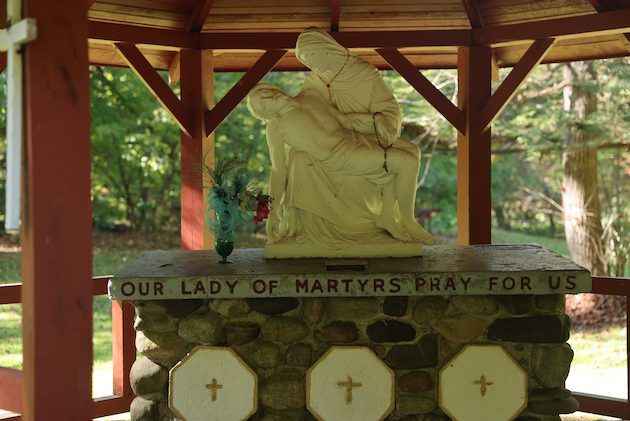
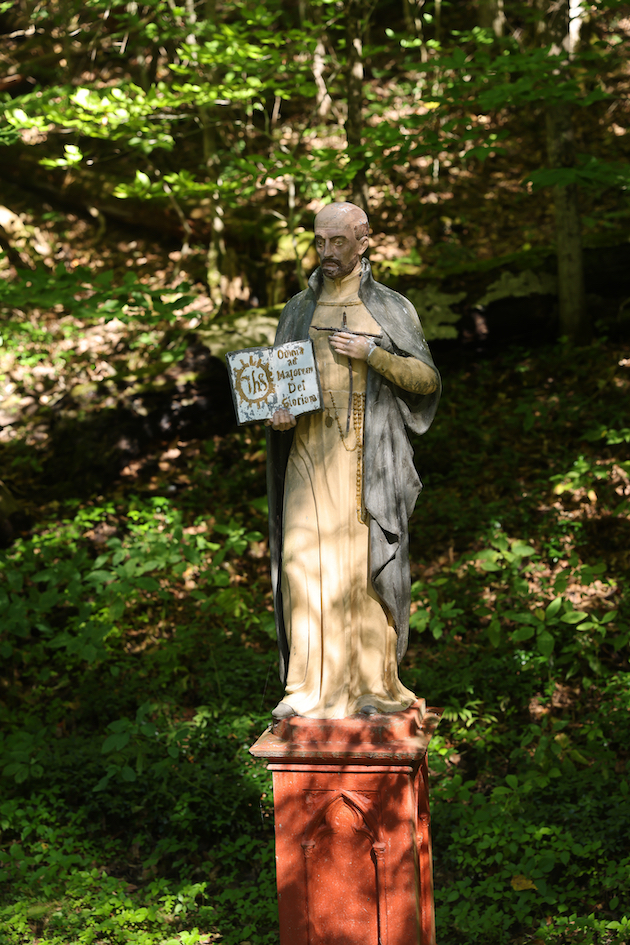

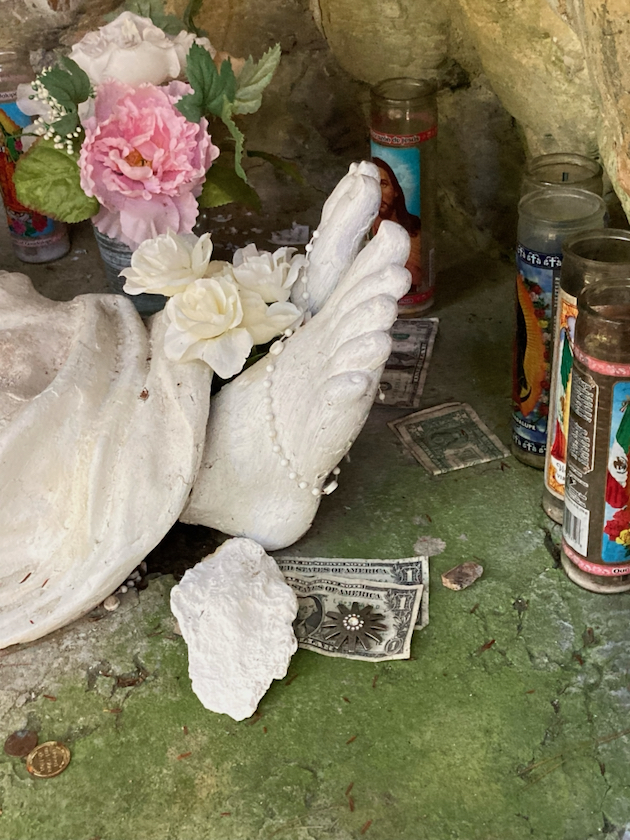
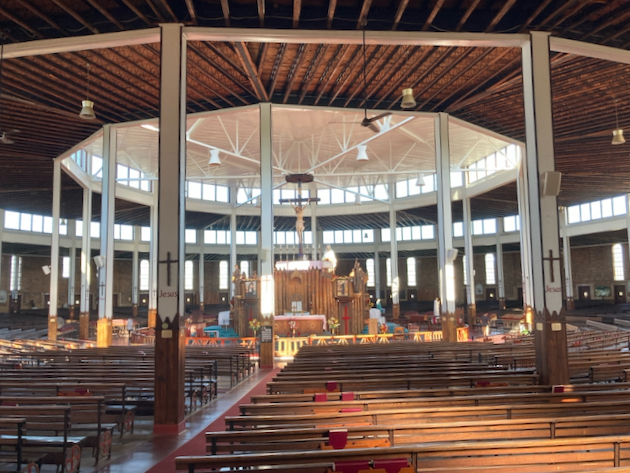

9 Sep
2022
by Robert Browning
King Charles, and who’ll do him right now?
King Charles, and who’s ripe for fight now?
Give a rouse: here’s, in Hell’s despite now,
King Charles!
Who gave me the goods that went since?
Who raised me the house that sank once?
Who helped me to gold I spent since?
Who found me in wine you drank once?
(Chorus)
King Charles, and who’ll do him right now?
King Charles, and who’s ripe for fight now?
Give a rouse: here’s, in Hell’s despite now,
King Charles!
To whom used my boy George quaff else,
By the old fool’s side that begot him?
For whom did he cheer and laugh else,
While Noll’s damned troopers shot him?
(Chorus)
King Charles, and who’ll do him right now?
King Charles, and who’s ripe for fight now?
Give a rouse: here’s, in Hell’s despite now,
King Charles!
7 Sep
2022
Traditional Masses on the Feast of the Nativity of Our Lady, Sept. 8
Posted by Stuart Chessman Published in Uncategorized5 Sep
2022
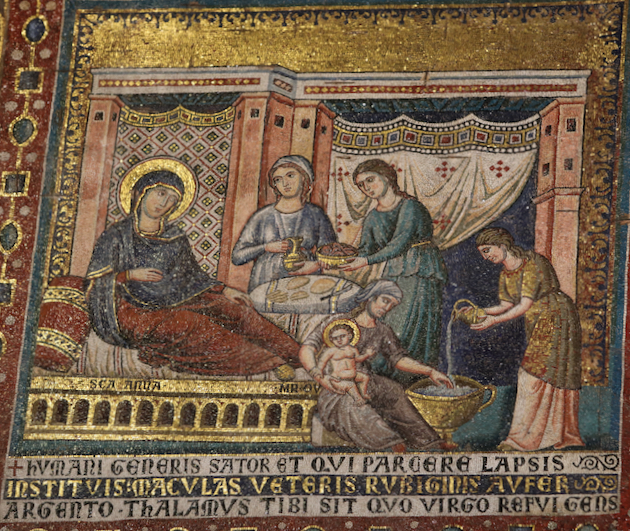
Regina Pacis Academy will celebrate the opening of the school year with a Solemn Mass in honor of the Nativity of Our Lady on Thursday, September 8th at 9:15 am at St. Mary Church, Norwalk, CT.
The public is invited to attend.
St. Mary’s Church will also have a low Mass at 8 am.
5 Sep
2022
Annual Summorum Pontificum Pilgrimage Scheduled in Rome
Posted by Stuart Chessman Published in Uncategorized31 Aug
2022
Bai MacFarlane to Speak at Church of the Holy Innocents
Posted by Stuart Chessman Published in UncategorizedContact us
Register
- Registration is easy: send an e-mail to contact@sthughofcluny.org.
In addition to your e-mail address, you
may include your mailing addresss
and telephone number. We will add you
to the Society's contact list.
Search
Categories
- 2011 Conference on Summorum Pontifcum (5)
- Book Reviews (96)
- Catholic Traditionalism in the United States (24)
- Chartres pIlgrimage (17)
- Essays (176)
- Events (670)
- Film Review (7)
- Making all Things New (44)
- Martin Mosebach (34)
- Masses (1,343)
- Mr. Screwtape (46)
- Obituaries (15)
- On the Trail of the Holy Roman Empire (22)
- Photos (347)
- Pilgrimage Summorum Pontificum 2021 (7)
- Pilgrimage Summorum Pontificum 2022 (6)
- Pilgrimage Summorum Pontificum 2023 (4)
- Sermons (79)
- St. Mary's Holy Week 2019 (10)
- St. Mary's Holy Week 2022 (7)
- St. Mary's Holy Week 2023 (7)
- St. Mary's Holy Week 2024 (6)
- Summorum Pontificum Pilgrimage 2024 (2)
- Summorum Pontificum Pilgrimage 2025 (7)
- The Churches of New York (198)
- Traditionis Custodes (49)
- Uncategorized (1,377)
- Website Highlights (15)
Churches of New York
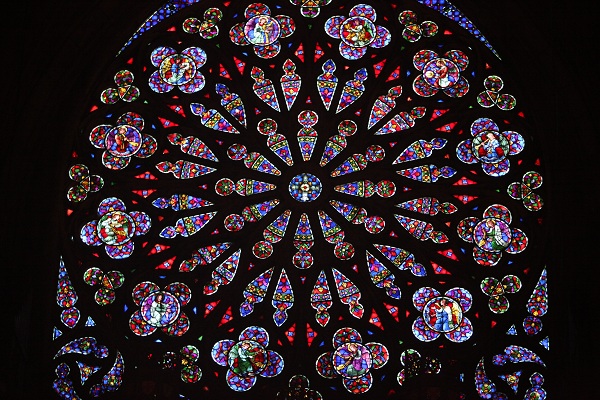
Holy Roman Empire

Website Highlights
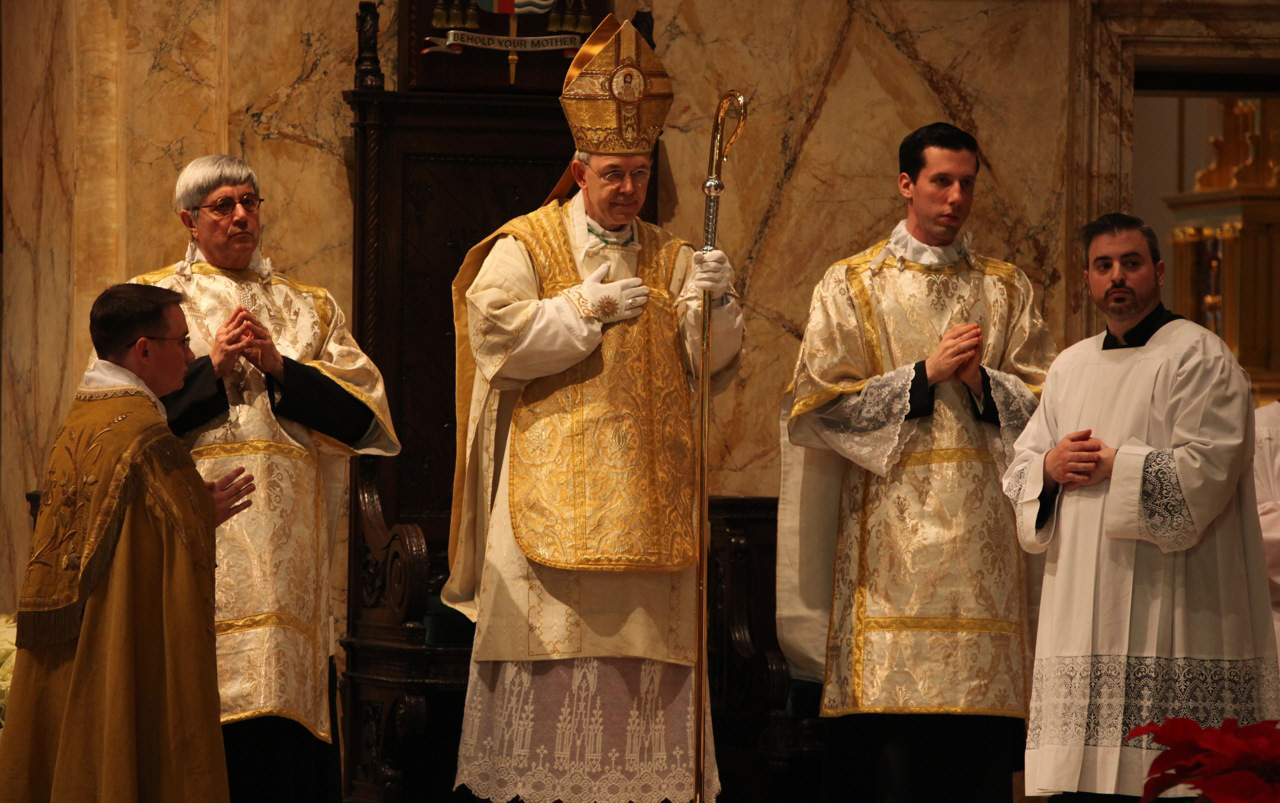
Archives
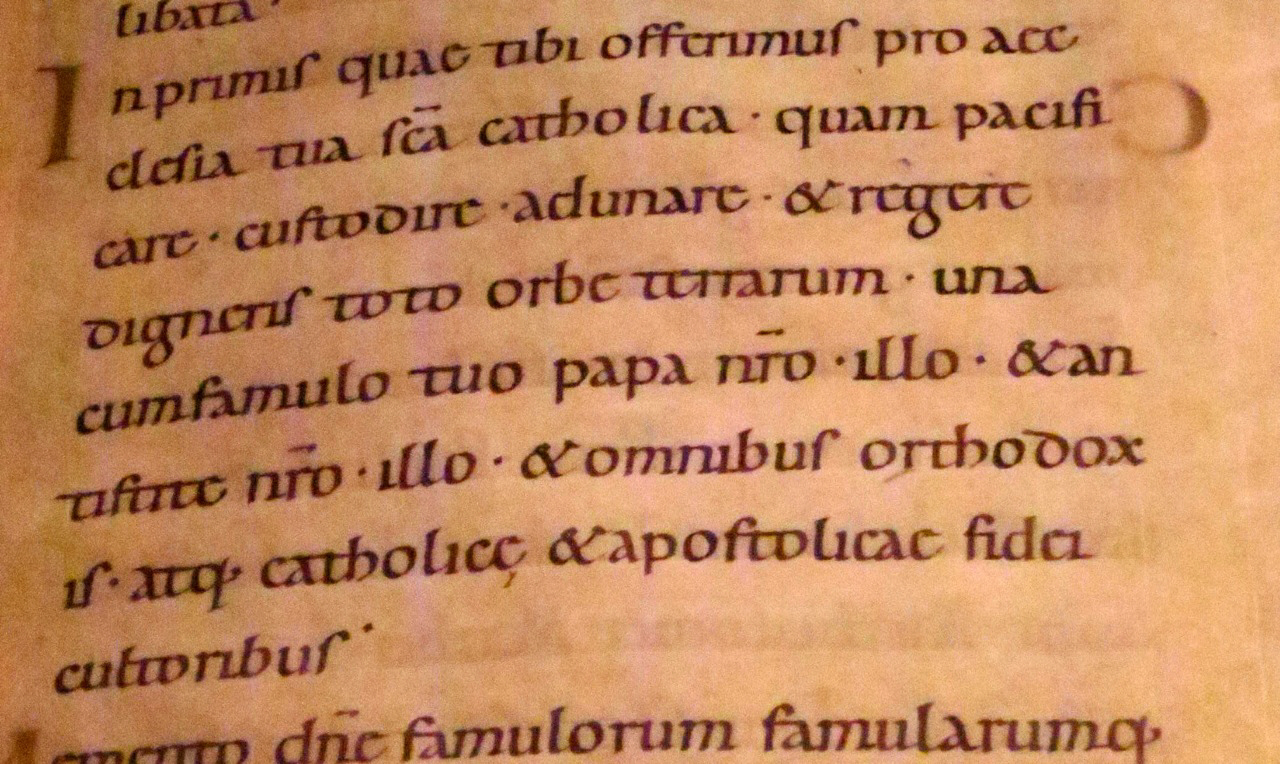
[powr-hit-counter label="2775648"]
